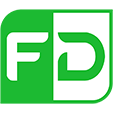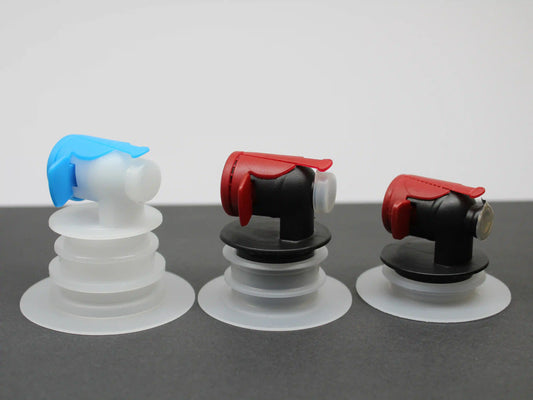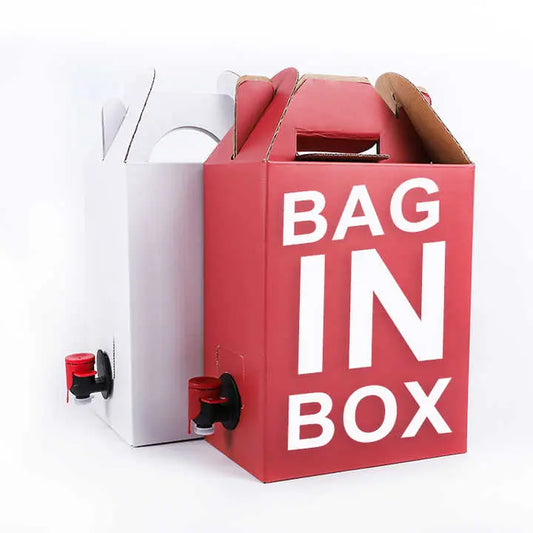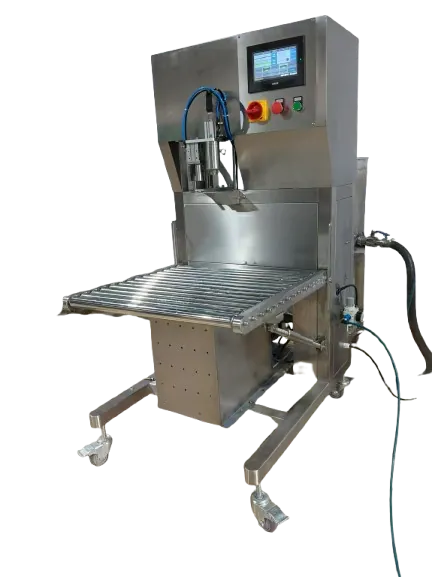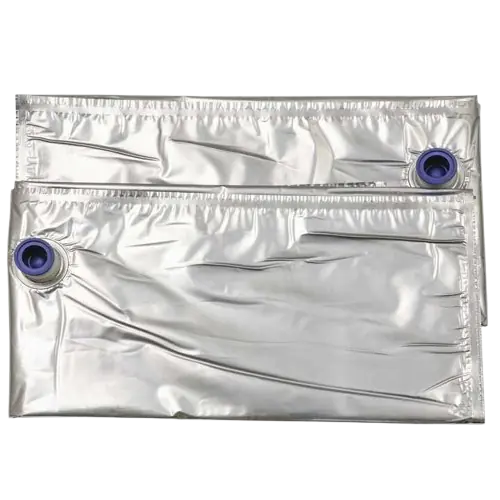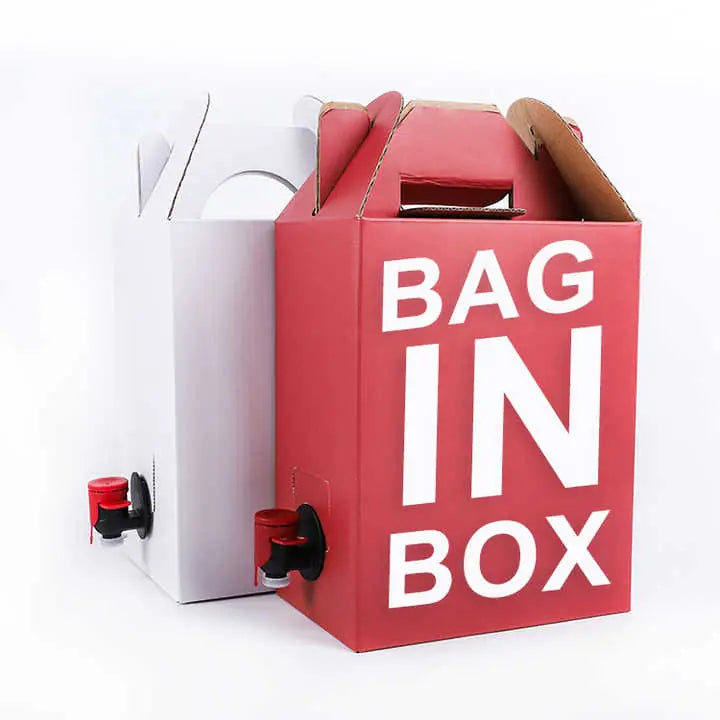
Bag in Box: The Ultimate Guide to Sustainable and Efficient Packaging
zhangrenfangShare
Introduction to Bag in Box Packaging
When it comes to versatile, sustainable, and user-friendly packaging, few solutions rival the bag in box system. Whether you’ve enjoyed a glass of wine at a picnic, poured juice from a breakfast buffet dispenser, or used a refillable soap container, you’ve likely encountered a bag in box. This innovative packaging method features a flexible, airtight bag housed inside a protective cardboard box, equipped with an integrated tap for easy dispensing. Originally invented in the 1950s for transporting battery acid, the bag in box has since become a go-to choice for industries ranging food and beverage to chemicals. In this comprehensive guide, we explore the benefits, applications, and environmental advantages of bag in box packaging.

How Bag in Box Packaging Works
A bag in box system consists of three key components:
-
The Bag: Made from multi-layered, high-barrier materials, the inner bag is designed to protect liquids from oxygen and UV light. Its composition often includes foil or metallized film to prevent oxidation and extend product freshness.
-
The Tap: The specially designed dispenser ensures air never enters the bag, maintaining a vacuum seal as liquid is poured. This keeps contents fresh for weeks after opening.
-
The Box: The outer cardboard shell provides structural support, simplifies stacking and shipping, and offers ample space for branding and product information.

Top Benefits of Bag in Box Packaging
-
Extended Shelf Life: Thanks to its oxygen-blocking barrier, products like wine, juice, and sauces stay fresh significantly longer than in traditional packaging.
-
Cost-Effective: Lightweight and space-efficient, bag in box reduces shipping costs and maximizes storage and transport efficiency.
-
User-Friendly: The integrated tap allows for clean, controlled pouring and is ideal for events, hospitality, and everyday use.
-
Eco-Conscious: With less material waste, a recyclable outer box, and a lower carbon footprint, bag in box is a sustainable alternative to bottles and rigid containers.

Common Uses of Bag in Box Systems
-
Wine & Beverages: Perfect for preserving wine quality after opening, bag in box is also widely used for juices, syrups, and soft drinks in homes and commercial settings.
-
Food Service: Restaurants and cafeterias rely on bag in box for oils, condiments, and bulk liquid ingredients.
-
Industrial Applications: From cleaning chemicals to adhesives, this format ensures safe storage and handling of non-food liquids.
-
Consumer Goods: Increasingly popular for products like hand soap, detergent, and even premium olive oil.

Environmental Advantages of Bag in Box
Bag in box packaging is a leader in sustainable packaging innovation:
-
Material Efficiency: Uses up to 80% less plastic than equivalent bottled products.
-
Recyclability: The outer box is widely recyclable, and new recycling programs are emerging for the inner pouch.
-
Reduced Carbon Emissions: Its lightweight design and efficient shipping profile lower greenhouse gas emissions throughout the supply chain.
Addressing Challenges and Misconceptions
While some consumers historically associated bag in box with lower-quality products, this perception is shifting as premium brands adopt the format for its functional and environmental benefits. Ongoing improvements in material durability and recycling infrastructure continue to enhance its appeal.
The Future of Bag in Box
Innovation continues to drive the bag in box market forward, with developments in:
-
Sustainable Materials: Bio-based and more easily recyclable films.
-
Smart Features: Integration with QR codes and IoT for traceability and user engagement.
-
Market Expansion: Growth in sectors like cosmetics, pharmaceuticals, and specialty foods.

Conclusion
Bag in box packaging offers a unique combination of convenience, economy, and sustainability. As consumers and industries increasingly prioritize eco-friendly solutions, the role of bag in box will continue to expand. Whether for wine, juice, soap, or industrial liquids, it represents a smart choice for the future of packaging.

